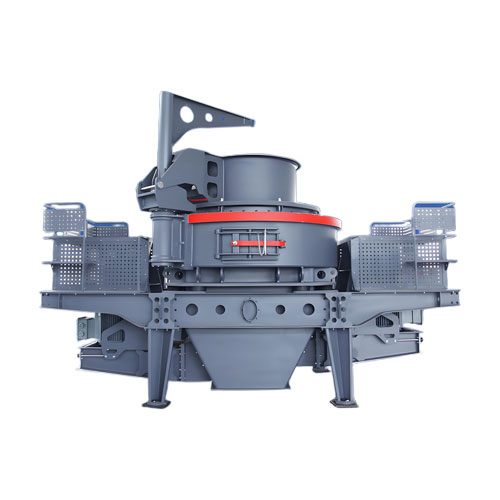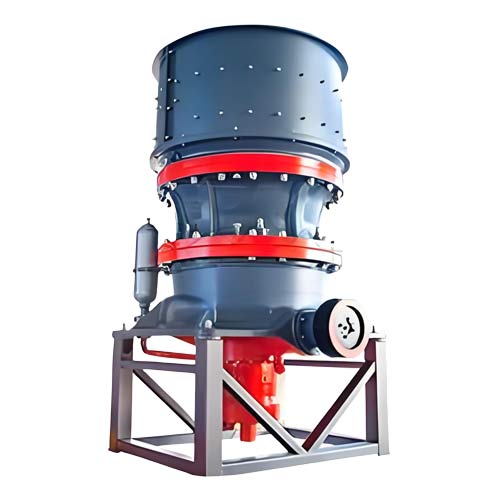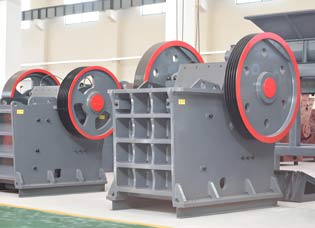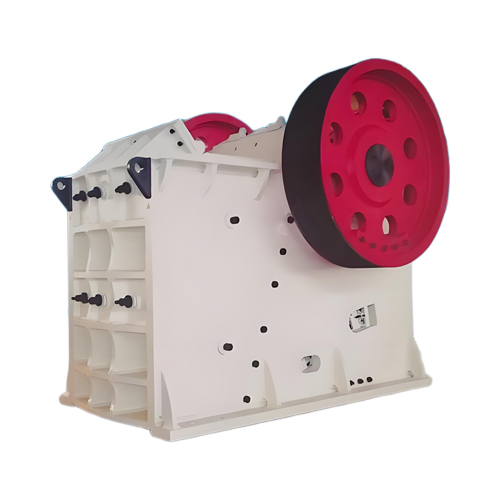What are the index requirements for calcined kaolin grinding products?
Calcined kaolin, a key industrial raw material, is widely used in coatings, ceramics, papermaking, rubber, and other fields. The quality of its ground products directly impacts the performance of downstream products. The following are the key performance requirements for calcined kaolin ground products, analyzed in detail based on the needs of the coatings industry and other application areas.
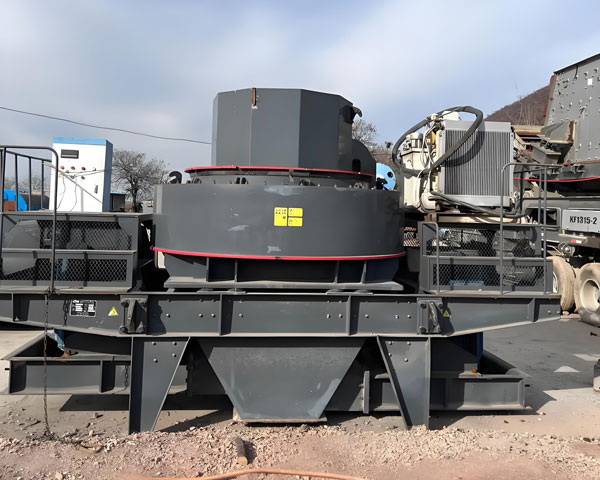
1. Whiteness
Whiteness is the primary quality indicator for calcined kaolin. High-whiteness products can enhance the optical properties and aesthetics of products such as coatings and ceramics. Calcined kaolin is typically required to have a whiteness of 90% or higher, with high-end applications (such as premium coatings) requiring 93% or higher. Whiteness is categorized as either natural or calcined, with the latter being particularly important in ceramic applications. Whiteness stability is crucial; excessive fluctuations can lead to color variations between coating batches, impacting product consistency. This is typically tested using a whiteness meter, comparing the reflectance of a standard substance (such as BaSO4).
2. Granularity
Particle size directly impacts a product’s dispersibility, hiding power, and filling properties. The coatings industry requires calcined kaolin to have a particle size of -2μm, with at least 80% of the particle size being -2μm. Excessively coarse particles reduce hiding power, while excessively fine particles can affect dispersibility. Particle size is commonly measured using laser particle size analysis or screening methods (e.g., 325-mesh sieve residue ≤ 0.02%), while the maximum particle size must be controlled (e.g., <45μm). Particle size is affected by the grindability of the ore and the calcination temperature. Medium-temperature calcination (1000-1200°C) optimizes pore structure and reduces abrasion resistance.

3. Hiding power
Hiding power is a core metric in the coatings industry, referring to a pigment’s ability to conceal the underlying color. High hiding power reduces pigment usage and reduces costs. Hiding power is closely related to particle fineness: when particle size approaches the wavelength of visible light (approximately 0.4-0.7 μm), the scattering effect is strongest. However, it is important to note that excessive grinding can lead to sintering or agglomeration, which in turn reduces hiding power. Testing often involves comparing the base color visibility before and after coating.
4. Dispersibility
Dispersibility refers to the ability of a powder to distribute evenly in a high-viscosity system. High dispersibility prevents coating sedimentation and stratification, ensuring a uniform coating. Dispersibility is affected by particle morphology, surface treatment, and grinding process. The presence of agglomerated particles larger than 45 μm significantly reduces dispersion effectiveness. Testing can be performed using a Hegmann particle size analyzer or by observing the stability of the coating system.
5. Oil absorption value
Oil absorption (typically 50-60 g/100 g) affects the viscosity and stability of a coating. Excessively high oil absorption increases formulation costs, while too low can lead to sedimentation. An appropriate oil absorption balances the coating’s rheological properties, ensuring optimal performance after opening the can. This test measures the volume of linseed oil absorbed per unit mass of powder.
6. Sedimentation Volume
Sedimentation volume reflects the suspension stability of a powder in a coating. A high sedimentation volume means the pigment is less likely to settle, resulting in a more uniform coating. This metric is correlated with particle density and surface properties and is assessed by observing the sedimentation height during static exposure.
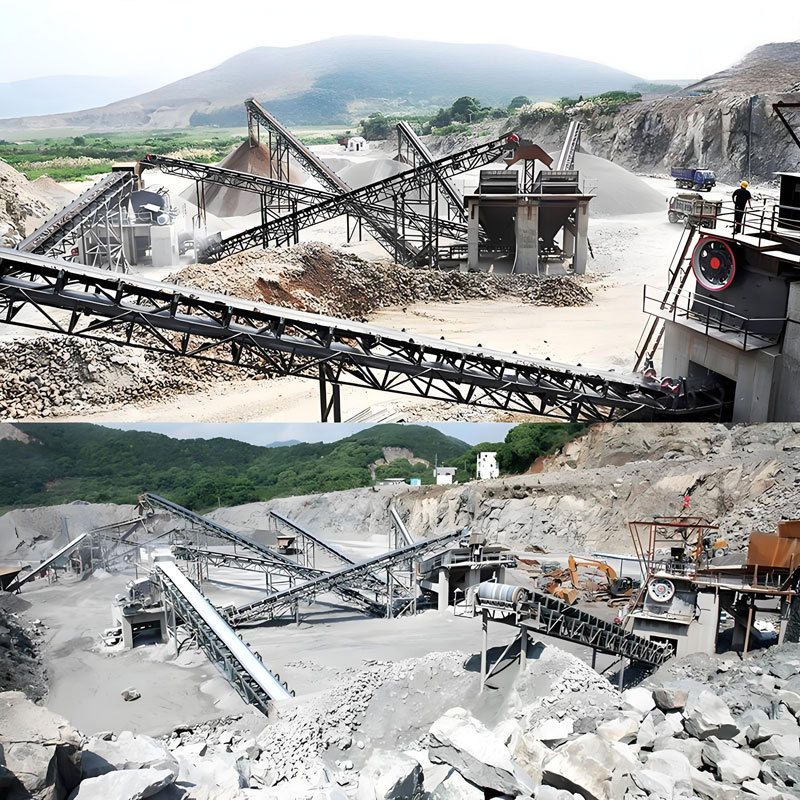
7. pH value
The pH value should be controlled between 6 and 8, close to neutral, to avoid reactions with other components of the coating system, which could affect storage stability and film performance. Excessive acidity or alkalinity may cause corrosion or deterioration of the coating.
8. Weather resistance
Weatherability refers to a pigment’s ability to resist UV rays, acid and alkali corrosion in outdoor environments. Calcined kaolin, due to its chemical inertness, generally exhibits excellent weatherability, preventing yellowing, gloss loss, and chalking of the coating, extending its service life.
9. Acid and alkali resistance
Calcined kaolin does not react with acids or alkalis at room temperature, making it suitable for harsh environments and ensuring the chemical stability of the product. This property is particularly important in chemical anti-corrosion coatings and ceramic glazes.
10. Other indicators
1. 325 mesh sieve residue: required to be ≤0.02%, ensuring uniform fineness.
2. Density: Low density (e.g., around 2.6 g/cm³) can increase the volume concentration of the coating and reduce formulation costs.
3. Wetting performance: affects the wetting speed of powder in coating and optimizes the production process.
4. Mixing performance: compatibility with other pigments and fillers to ensure the stability of multi-component systems.
The performance requirements for calcined kaolin powder products require a comprehensive consideration of performance, processing, and cost. The coatings industry places particular emphasis on whiteness, particle size, hiding power, and dispersibility, while applications such as ceramics and rubber prioritize properties like plasticity and fire resistance. Stable and high-quality performance not only improves end-product quality but also reduces production losses, meeting the stringent demands of diverse industrial sectors. Manufacturers must ensure that their products meet the standards for each application through refined processing and strict quality control.
Related Products
Inquiry
Please leave us your requirements, we will contact you soon.


